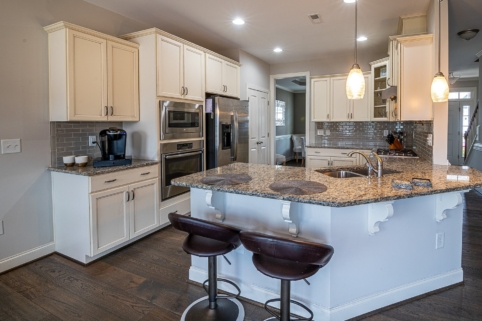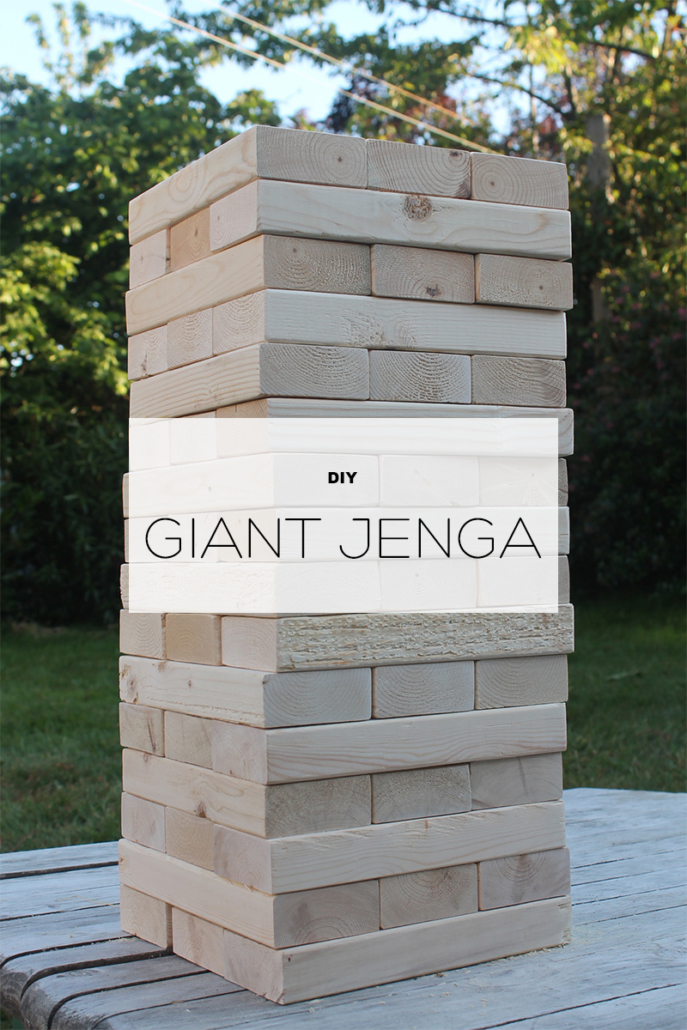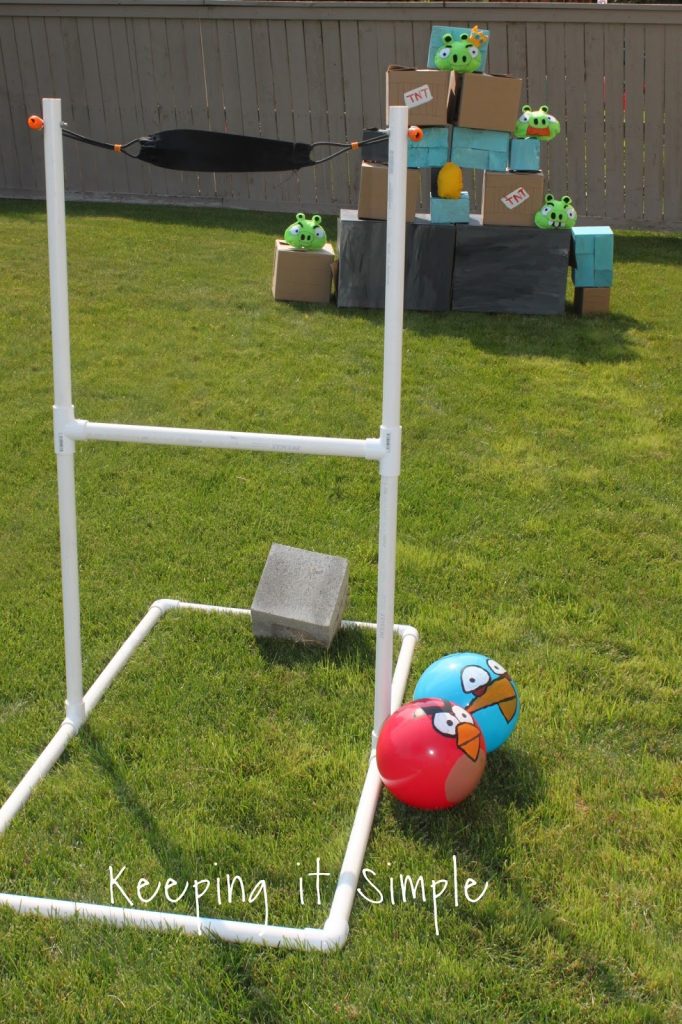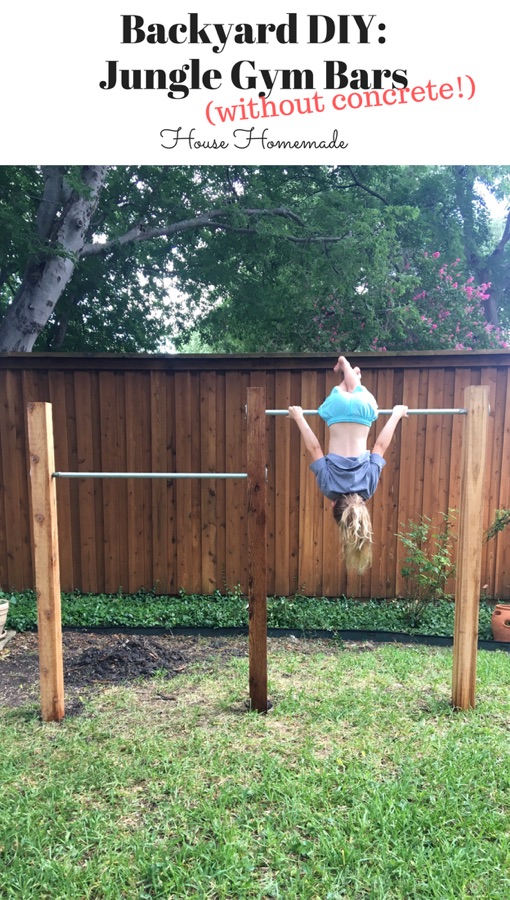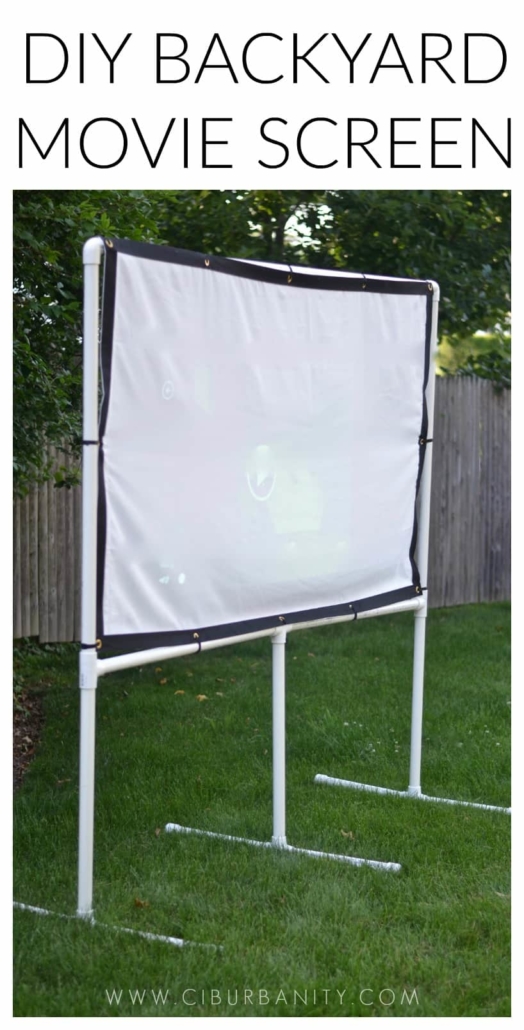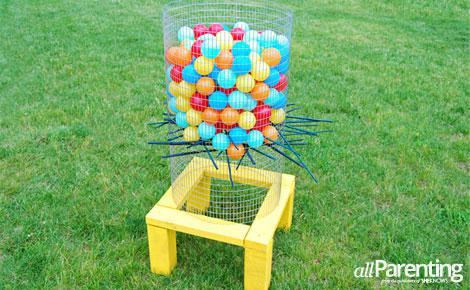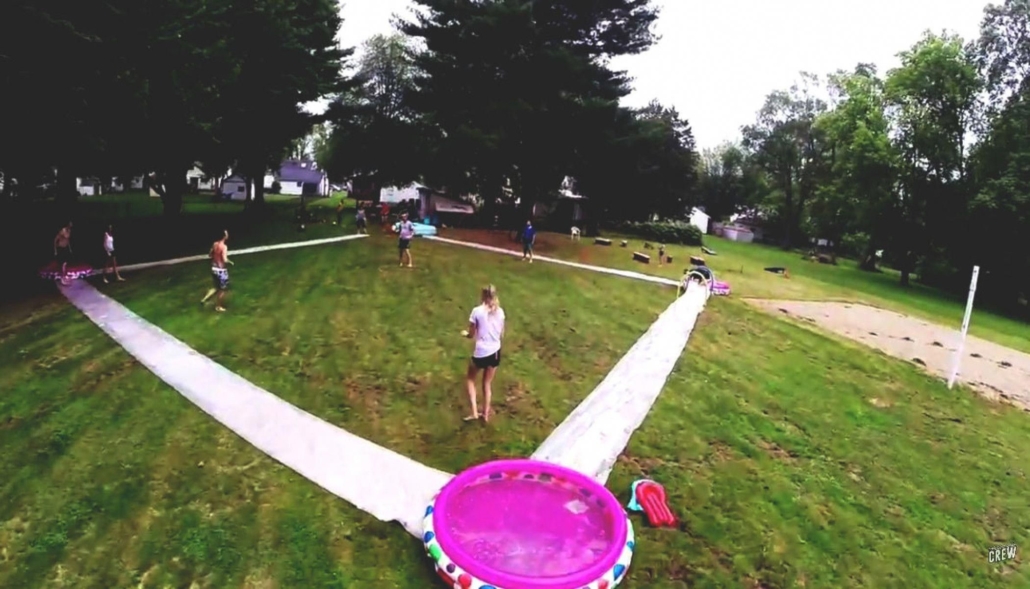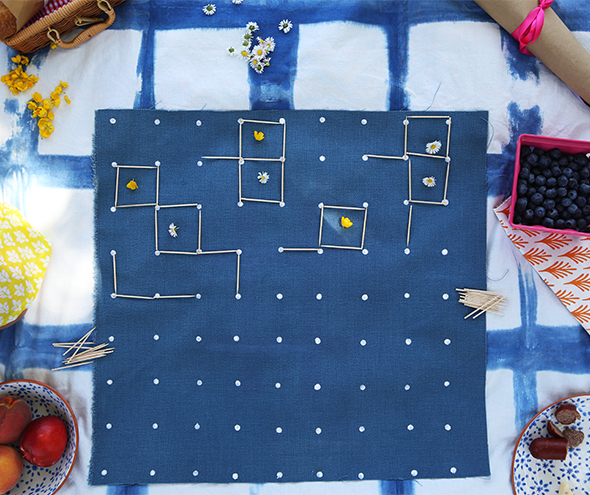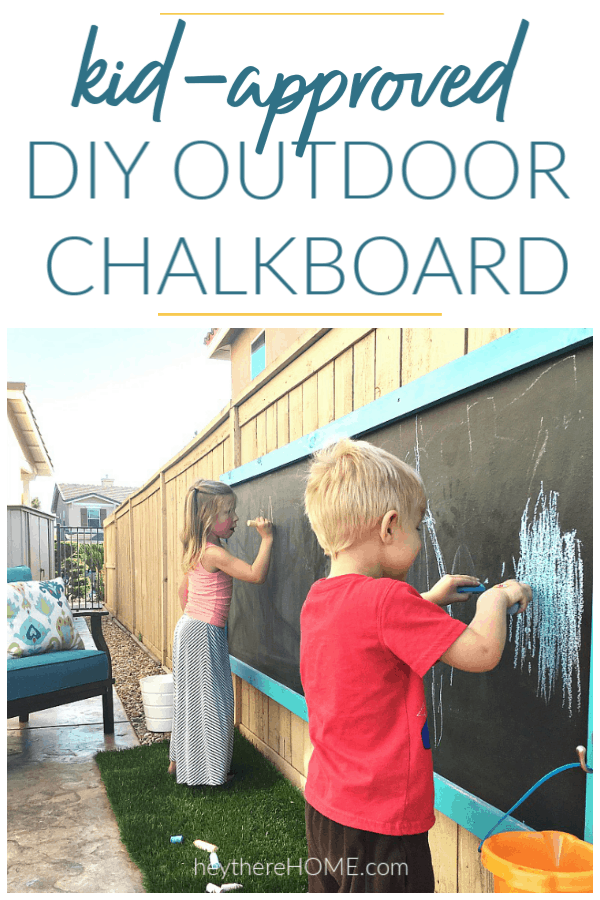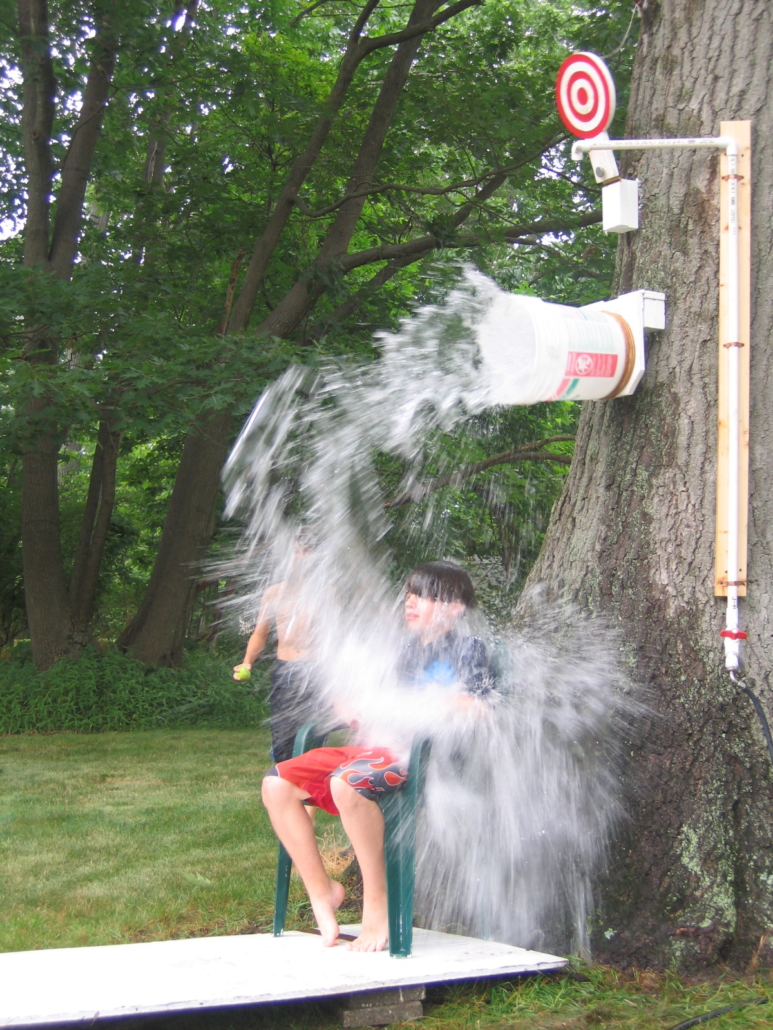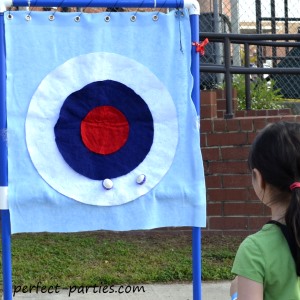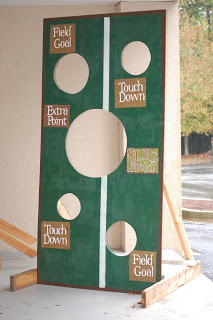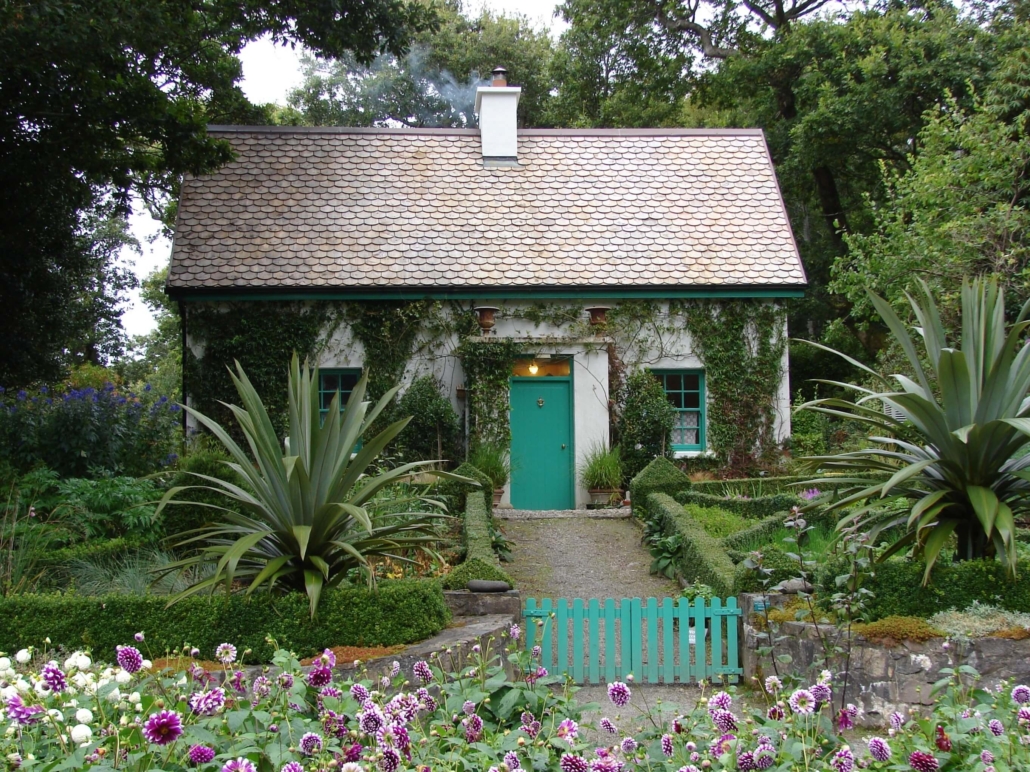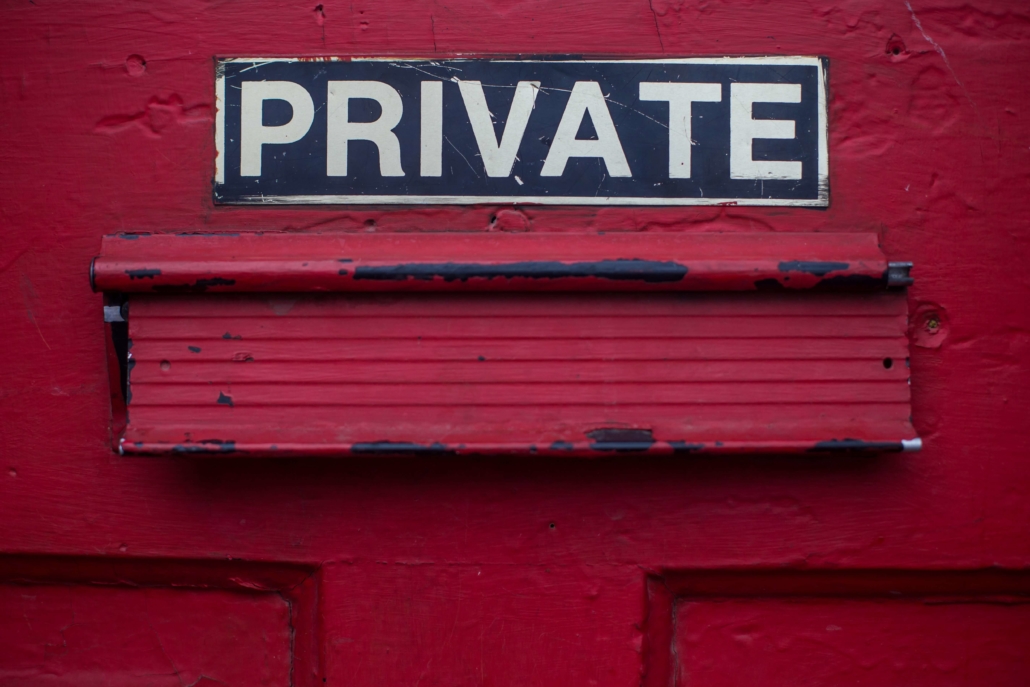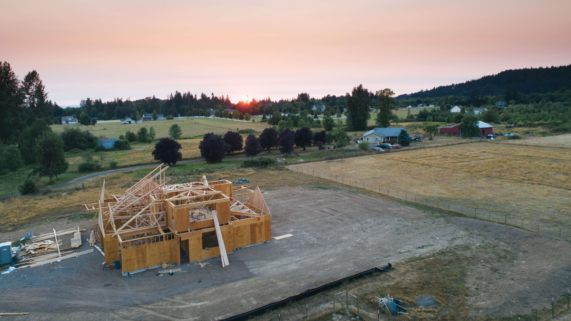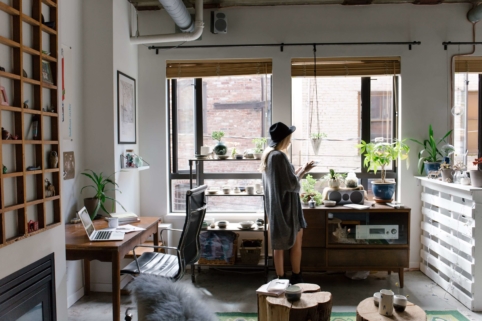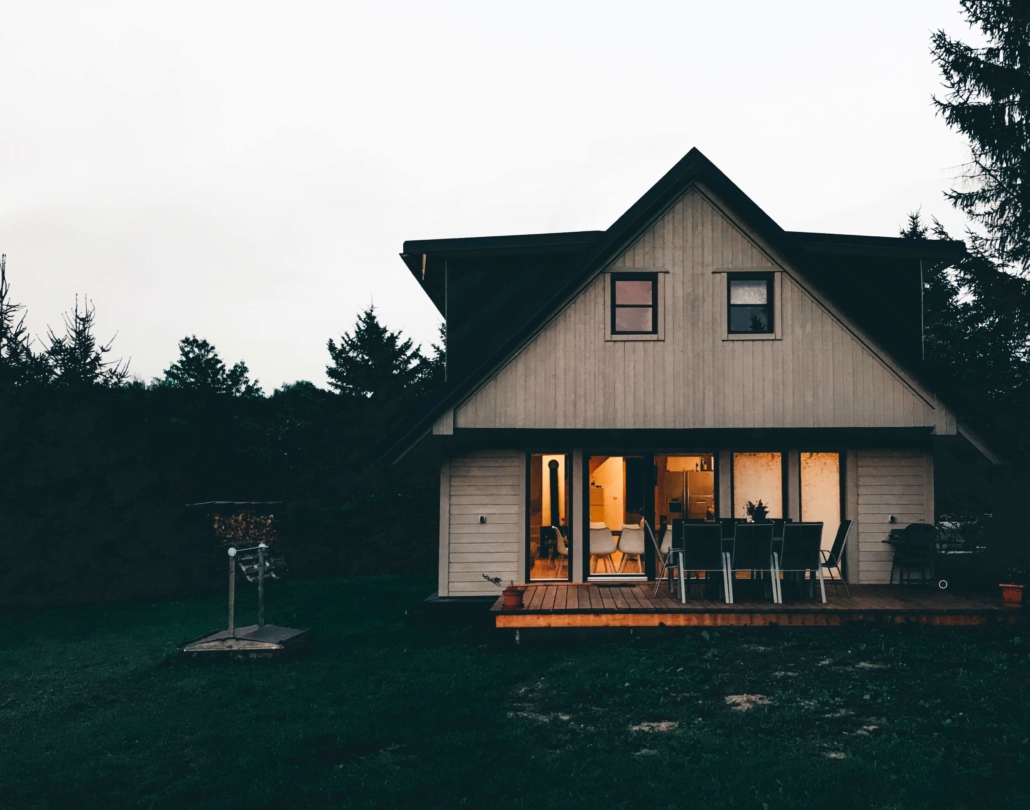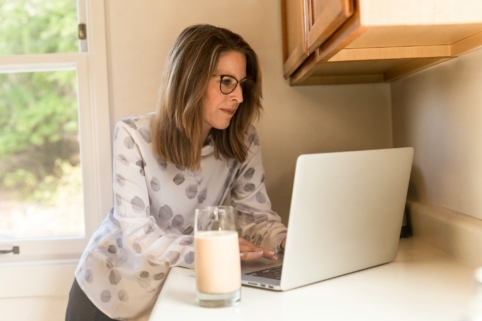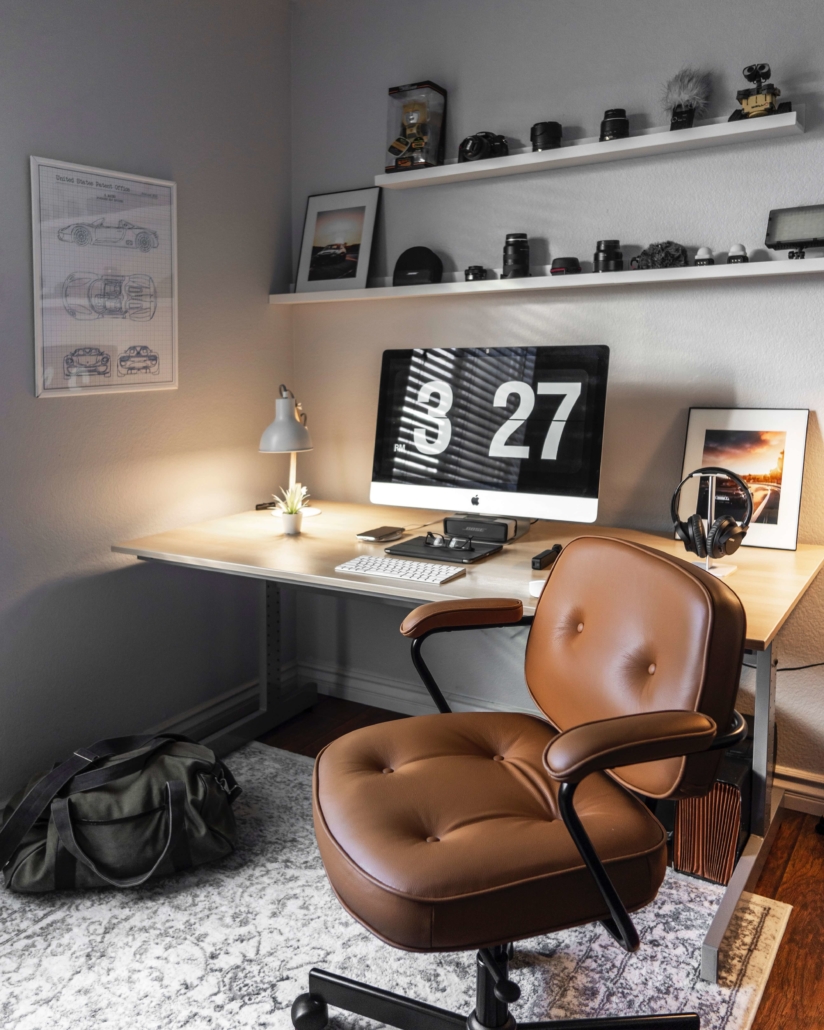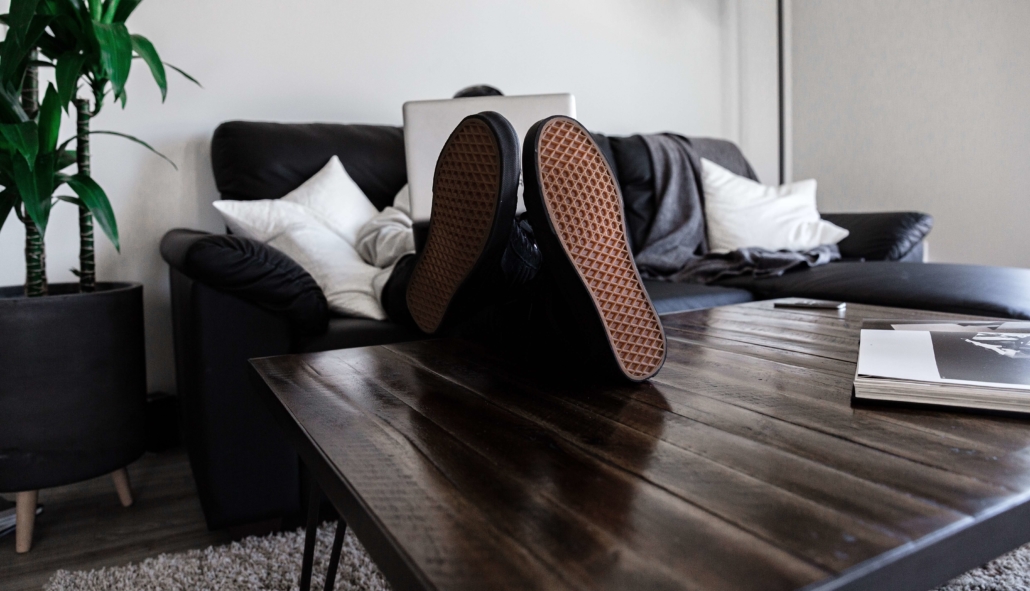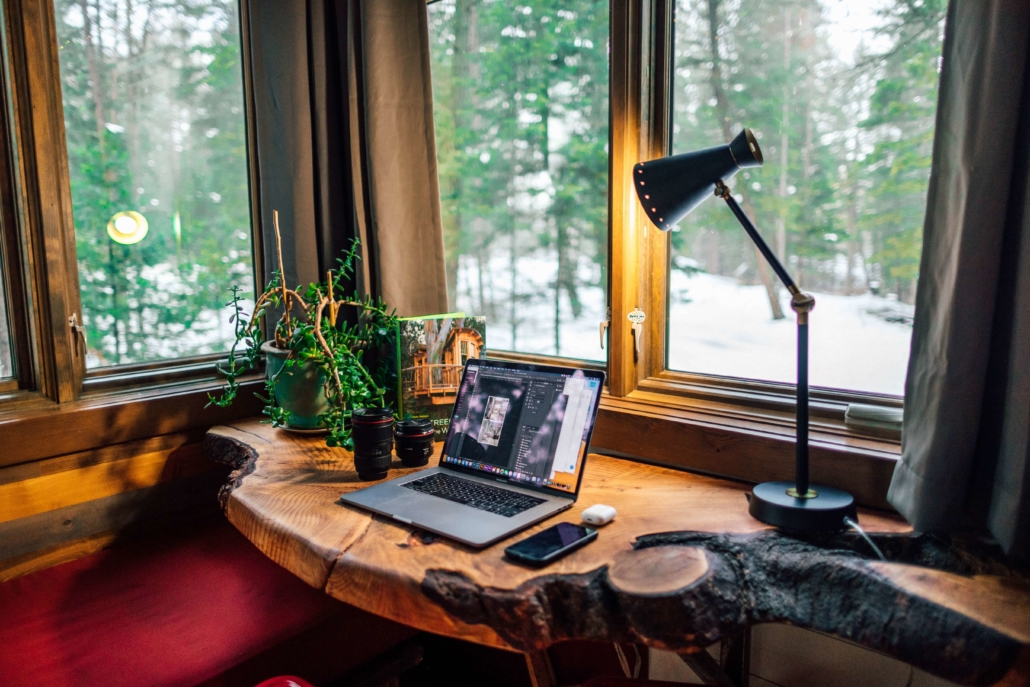How To Choose the Best Appliances For Your Home
Home appliances are a large yet rewarding investment for any home. Whether you are moving, building a new house, or renovating, you have to be keen on the type of appliances you choose because there are so many options in the market.
The appliances you purchase while furnishing your home can determine your home’s appearance, efficiency, and cost-effectiveness. With so many options available for you to choose from, you’ll need to do your research and determine which options work best for you. Once you purchase an appliance, don’t forget to look into home warranty companies to keep your appliances running well for years to come!
In this article, we’ll go over different ways you can choose the best appliances for your home based on preferences and money. Keep reading to learn more.
Know your space
You can’t buy appliances without knowing how much space you have. Every component of an appliance should be appropriate for the available space. A refrigerator takes a bigger space than most home appliances, and if you take the wrong measurement, you could mess up the entire functionality of the kitchen. Take the measurements of the width, length, and height of the place you will be installing a washing machine, oven, and microwave. Each appliance should be able to be moved in and out without disarranging the entire cabinet.
Tailor to your requirements
You’ll need to pick your appliances based on your personal needs. You shouldn’t be shopping for an appliance only based on what you like the best, but rather should be shopping on which appliance will cater to your needs the best. If you have a big family, you should choose a large refrigerator that can accommodate plenty of leftovers and groceries. Also, if you prefer to be energy-efficient, you may opt for an efficient appliance. You’ll also want to think long-term if you plan on ever moving, downsizing, or replacing your appliances.
Budget accordingly
Before researching appliances, budget appropriately. Go into your appliance shopping experience knowing what the maximum and minimum costs you want your appliance to be. This will help narrow down your options and pick the best quality appliance that fits into your budget.
Shop around
You are free to compare the prices of the appliances in the market from other brands. Don’t settle on one price without checking what other competitors are offering. Many dealers try to offer the lowest price any other brand can offer. While it may take time to find prices and compare them all, it can end up saving you a lot of money in the long run. Also, don’t be afraid to compare different types of models as well. There’s a seemingly endless variety of features in modern appliances, so do your research and pick out what works best for you and your home.

Get help from an expert
A professional hand can make a huge difference, especially if you are buying home appliances for the first time. With all the different features and prices, making a decision can be overwhelming for many people. A person with experience in home appliances can help you narrow down your options. Look for someone who can help you understand each appliance’s key features and how one of them stands out from the rest. Even with detailed research, you can miss some key points that a seasoned expert can point out.
Finishes and style
After establishing your budget, it is now time to select the finishes and style of the appliances you want to match your kitchen decor. Stainless steel is trendy in today’s luxurious kitchens. It’s not only durable and long-lasting but also features a sleek surface that is easy to clean. Whatever finish you choose, make sure it matches the look you want your kitchen to achieve! Other options include built-in appliances or traditional white or black appliances.
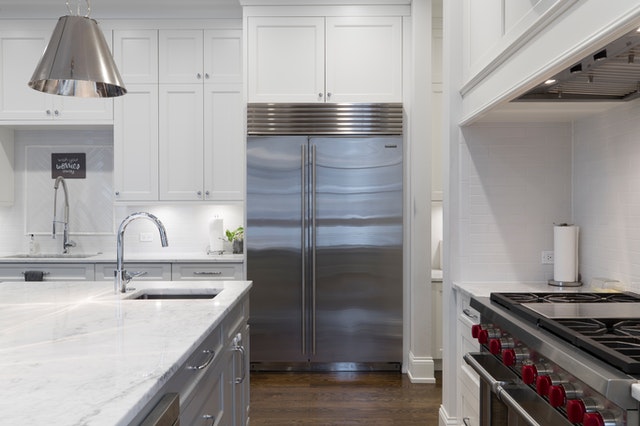
In the end, remember to not rush the process of purchasing appliances. If you need to buy them as soon as possible, at least try to take the time to make a decision that isn’t too ambitious. By figuring out your needs, style preferences, budget, and using professional resources, you should have

